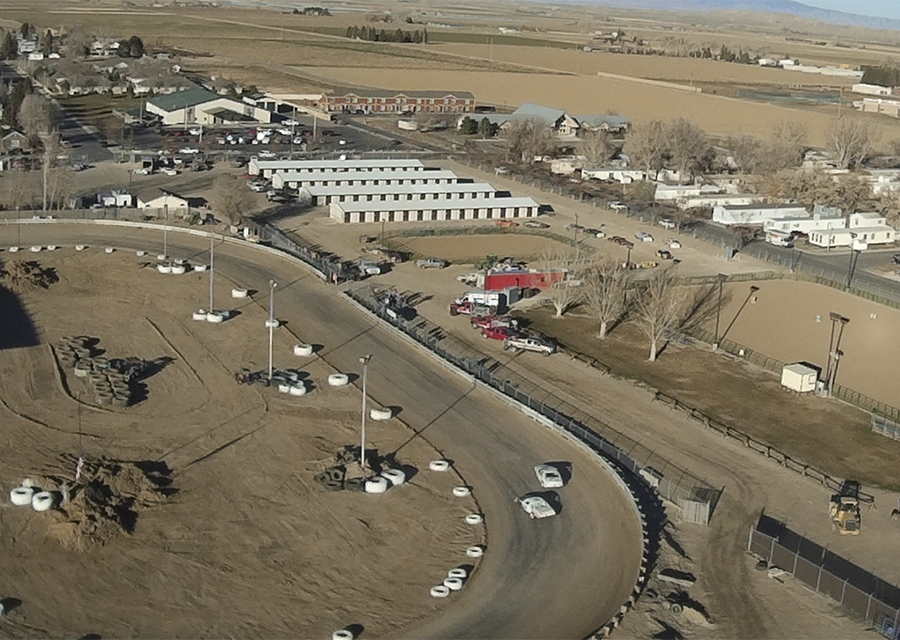Pixels... a term that originated from the phrase "picture elements."
Recently I decided to look closer at the images generated by the various cameras I've been using for my aerial/drone-based still photography. And when I say look closer, I'm speaking of zooming in on any given image so that each pixel of the computer monitor represents each pixel of the digital photo. In Adobe Photoshop that is considered viewing at 100%. I think you'll be surprised at the results posted below. Although every image isn't from the same location, I think you'll find in these samples that a higher resolution count doesn't always mean a better quality image.
This is from the Xiaomi Mi 14MP sports camera.
This is from the Phantom 3 Advanced 12MP camera.
Keep in mind, these images are all being presented at a 1:1 pixel ratio. So even the higher resolution cameras are being judged at the same pixel level as the lower resolution offerings.
This is from the 8MP Syma sports camera that comes with the X8HG.
This image is from the modestly priced JJRC H-12 that comes with a 5MP pinhole-type camera.
Note the difference between these last two cameras that have the same resolution. I think I would even prefer the 5MP JJRC H-12 camera over the Syma 8MP offering. But things really get interesting now...
Here is an image from the 3.8 MP RunCam 1. That's pretty sweet!
And here is the RunCam's cousin, the 3.6MP Mobius camera.
And finally the 808 #16 Keychain camera weighing in at 1.2MP.
As you can clearly see in these samples, not all cameras are the same when it comes to generating pixels. There's likely several reasons why more isn't always better. Some of the factors include factory compression settings, sensor quality, and the type of sensor.
Lastly, if you're wondering about attaching your smart phone to your UAV, have a look at this…
8MP iPHone 6.











